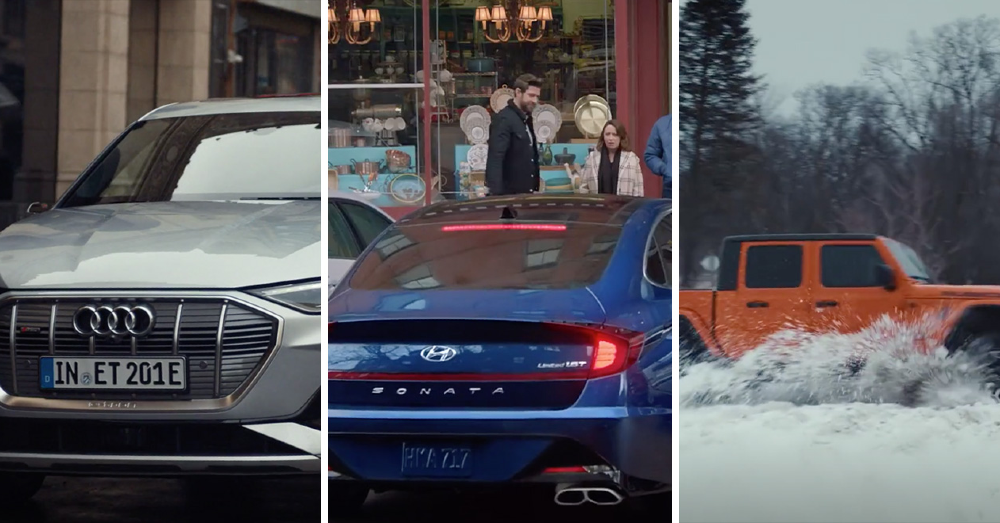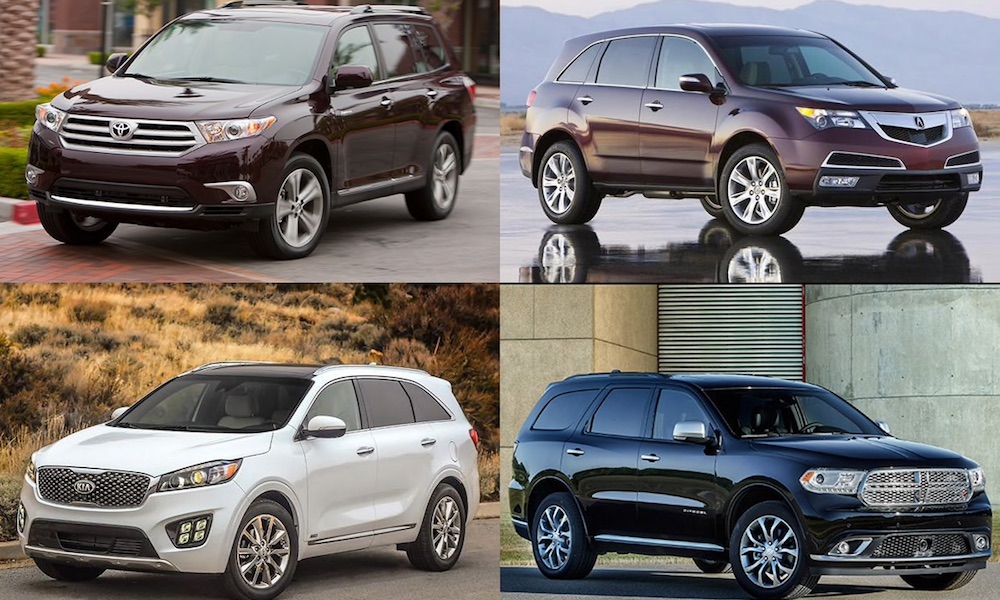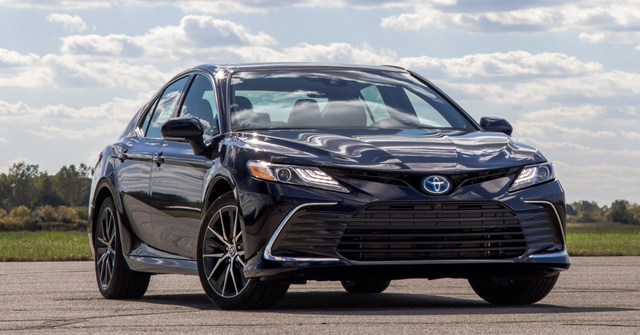There’s a reason that Chrysler car dealerships are known for minivans. This iconic vehicle that changed the automotive landscape for American families began with the Dodge Caravan and Plymouth Voyager in 1983. At the time, the automaker was on the verge of collapse. The introduction of the Caravan and Voyager minivans changed both Chrysler’s trajectory and the family vehicle market.
Chrysler Invests In Game-Changing Vehicle
In 1983, the Chrysler company was barely surviving. It was almost bankrupt and hanging onto a $1.5 billion loan from the US government. Leading the company were two men named Lee Iacocca and Hal Sperlich, who had both been fired from Ford previously. While working for Ford, Sperlich had tried to get a smaller version of the Econoline van into development.
The design criteria that would become the minivan required a low floor so that women could drive it comfortably, it had to be small enough to fit into the average garage, and the engine had to have space between it and the driver in case of an accident. When Sperlich went to Chrysler, he and Iacocca managed to get the vehicle’s development off the ground.
Money was a big problem for the failing auto company. Chrysler was initially afraid to take the plunge on a brand-new vehicle. But it quickly became apparent that they needed to do something big to survive. In house, the new vehicle was called the garage van. It would be something small enough to fit into the average American family’s garage.
The 1984 Dodge Caravan and Plymouth Voyager Hit the Market
Chrysler designed the Dodge Caravan on a FWD platform to keep its size down and maintain a roomy interior. The height of the first minivan to be released was only 64 inches, which was fully 15 inches lower than the smallest van available at the time. The minivan offered car-like features, including a comfortable interior, smooth dash, FWD, and power windows.
It was easy to see the appeal of the minivan for families. Not only did it vaguely look like a car and fit into a garage like a car, it even drove like a car. It had loads of room for kids, cargo, and the family dog, plus it gave the driver a commanding view of the road. However, the minivan’s most iconic feature is arguably that single sliding door.
When the minivan first began arriving at car dealerships, the sliding door immediately stood out. Why? It just made everything easier. Passengers could quickly enter and exit the vehicle, and it gave more loading room for cargo or a dog. The lack of hinges also made the door safer for small children.
Glowing Reviews Await the New Minivans
The minivan was a huge hit. Automotive magazines gave the Caravan and Voyager glowing reviews, even if they didn’t go out of their way to compliment the design of such a staid vehicle. Instead, they focused on the minivan’s practicality for families and its innovative features. A Road and Track review called the Caravan an honest and straightforward vehicle.
Car and Driver went even further in praising the new minivans. A review called it innovative and that it would save Chrysler from ruin. That turned out to be true as the automaker couldn’t produce the new minivans fast enough. Families waited weeks for their new minivan to arrive at car dealerships.
Four decades later, these words are still applicable today. No one thinks of the minivan as an eye-catching vehicle or the pinnacle of performance. It doesn’t turn heads, but it gets the job done and does it easily. Even when SUVs came on the scene in the 1990s, the minivan was still the overwhelming choice for most families.
Minivan Boom Takes Off
The minivan boom kicked off with the release of the 1984 Dodge Caravan and Plymouth Voyager. The boom lasted from the mid-1980s to the early 2000s when SUVs began to catch the attention of more American families. But the first Chrysler minivans were a huge success overnight. The company sold 209,000 minivans for that first model year in 1984.
Other automakers watched the success of the new minivans with jealousy, and soon a whole new host of minivans hit the market. General Motors got in on the boom with the release of the Chevy Astro and the GMC Safari. Ford quickly followed suit with the Aerostar, and Toyota jumped in with the Passenger Van.
Even more minivan models followed with the Oldsmobile Silhouette, the Pontiac Trans Sport, and then the Chrysler Town and Country. The latter was essentially an upscale version of the first two Chrysler minivans. The Town and Country started at roughly $25,000, which is about $50,000 today. To compare, the modern Chrysler Pacifica has a price tag of around $30,000. By the end of the 1990s, Chrysler was selling over 600,000 minivans per year.
Japanese Automakers Grab Their Share
Although Chrysler accounted for roughly half of all minivans sold during the main part of the boom, Japanese automakers like Toyota and Honda were waiting in the wings to take a share of the market. In 1995, Honda launched its Odyssey minivan, which would go on to be one of the most popular models in that segment.
Toyota was an early adopter with its initial Passenger Van model and then the Previa, but it really took off when it launched the Camry-based Sienna in 1997. Mazda eventually got in on the fun with the MPV, as did Nissan and Kia. The market for minivans in the USA peaked in 2000 with nearly 1.4 million models sold.
From there, the minivan market began a steady descent as SUVs took over. By 2018, minivans didn’t even reach 3% of US car sales. SUVs and crossovers essentially took over the market by providing some of the same features of the family-friendly minivan with the added benefit of more rugged looks.
What’s Next For the Minivan?
Today, the minivan segment has dwindled considerably. Neither GM nor Ford have a minivan model on the market. Fiat Chrysler is still selling the Pacifica, having finally discontinued the Grand Caravan a few years back. Kia also discontinued the Sedona a few years ago. The only other two minivans still available in the US market are the Honda Odyssey and the Toyota Sienna.
The end of the Grand Caravan, the minivan that started it all, marked the final chapter of an era where minivans were staples at car dealerships across the country. But minivans aren’t quite over yet. Kia is coming out with the 2025 Carnival, which features an almost SUV-like design with an aggressive grille.
For some families, the minivan remains the most practical and affordable choice in a market where large SUVs command huge price tags.
This post may contain affiliate links. Meaning a commission is given should you decide to make a purchase through these links, at no cost to you. All products shown are researched and tested to give an accurate review for you.




